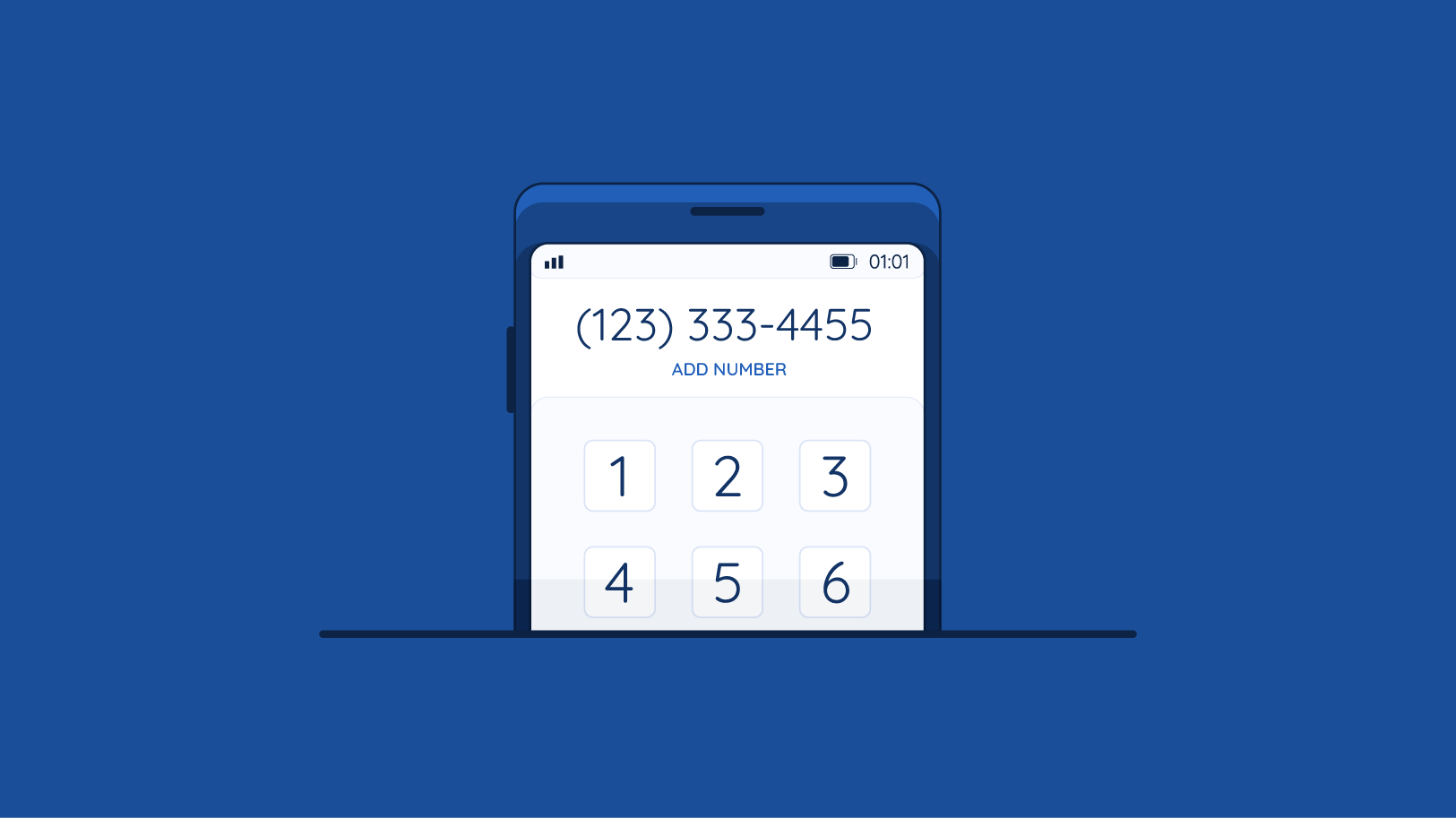The MSISDN is quietly working behind the scenes to ensure smooth communication. MSISDN number might sound complex, but it's essentially like a unique ID for your phone in the digital world or, in other words, your day to day phone number.
In the age of the Internet of Things (IoT), where everyday objects are interconnected, understanding how devices communicate becomes increasingly important. This article dives into MSISDN, exploring its functionality and navigating its significance in the world of IoT.
What is MSISDN?
MSISDN stands for Mobile Station International Subscriber Directory Number and it's essentially a unique identifier for your subscription within a cellular network like GSM or UMTS.
Here's a quick breakdown of what MSISDN is:
Another way to say phone number: MSISDN is basically your phone number that works anywhere in the world. It includes the country code and other information to fully identify your subscription on the mobile network.
It differs from SIM and IMSI: MSISDN (your phone number), SIM (stores your number), and IMSI (unique SIM ID) are mobile network teammates, but not the same. MSISDN is public, like your address. The SIM, like a secure wallet, holds your MSISDN. IMSI, a secret code inside the SIM, identifies you to the network.
What it does: The primary function of MSISDN is to allow you to receive calls and texts on your phone. It's the number you share with people and use for various services.
So, what is MSISDN? While it continues to be the foundation for our mobile communication, its role in IoT is still being explored. It can be used for device identification and communication, but other protocols might be more efficient for machine-to-machine interactions within the vast IoT landscape.
How does MSISDN work?
MSISDN works behind the scenes to route your calls and texts to your phone. Here's a breakdown of their roles:
Unique Identification: When you subscribe to a mobile network, they assign you a unique MSISDN. This number acts like your address in the mobile world, identifying your specific phone line within the network.
Network Databases: Your MSISDN is stored in two important databases of the mobile network operator:
Home Location Register (HLR): This central database holds information about all subscribers, including their MSISDN and the mobile network they are originally registered with.
Visitor Location Register (VLR): When you travel and use your phone in a different area, your MSISDN is temporarily stored in the VLR of that local network, allowing them to route calls and texts to your phone efficiently.
Making a Call: When you dial a number, your phone transmits your MSISDN along with the dialed number to the network.
The network uses your MSISDN to identify your subscription in the HLR.
Using the dialed number and information from the HLR, the network determines how to connect you to the recipient.
Receiving a Call: When someone calls your number, the call is routed to the network based on the dialed number.
The network again uses the dialed number to look up the corresponding MSISDN in the HLR.
If your MSISDN matches, the network uses the VLR (if you're roaming) or the HLR (if you're on your home network) to locate your phone and connect the call.
Additional Services: MSISDN is also used for various other services beyond calls and texts, such as:
Billing: Your network identifies your subscription (and associated plan) through your MSISDN for billing purposes.
Short Message Service (SMS): When you send a text message, your MSISDN is included in the message header to identify the sender.
MSISDN and the role it plays in IoT
In the world of IoT connectivity, MSISDN holds potential for broader applications. Here's how MSISDN could play a role in connecting IoT devices:
Identification and Management: MSISDN could serve as a means to identify and manage IoT devices linked to a mobile network. Each IoT device could be assigned a unique MSISDN, functioning much like a phone MSISDN number for traditional mobile phones. This identification facilitates seamless integration of IoT devices into the network infrastructure.
Notification and Verification: Imagine receiving instant notifications on your smartphone regarding events triggered by IoT devices connected via the cellular network. For instance, if your home security system detects unusual activity, it could send an alert to your phone using its assigned MSISDN. This notification could serve as an initial alert, prompting further action or verification from the user.
Enhanced Communication: MSISDN could enable enhanced communication capabilities for IoT devices. By leveraging the existing voice and text communication infrastructure, IoT devices could communicate with each other and users more efficiently. This streamlined communication process contributes to the overall effectiveness and reliability of IoT applications.
In essence, integrating MSISDN into the IoT ecosystem offers opportunities for improved device management, real-time notifications, and enhanced communication.

